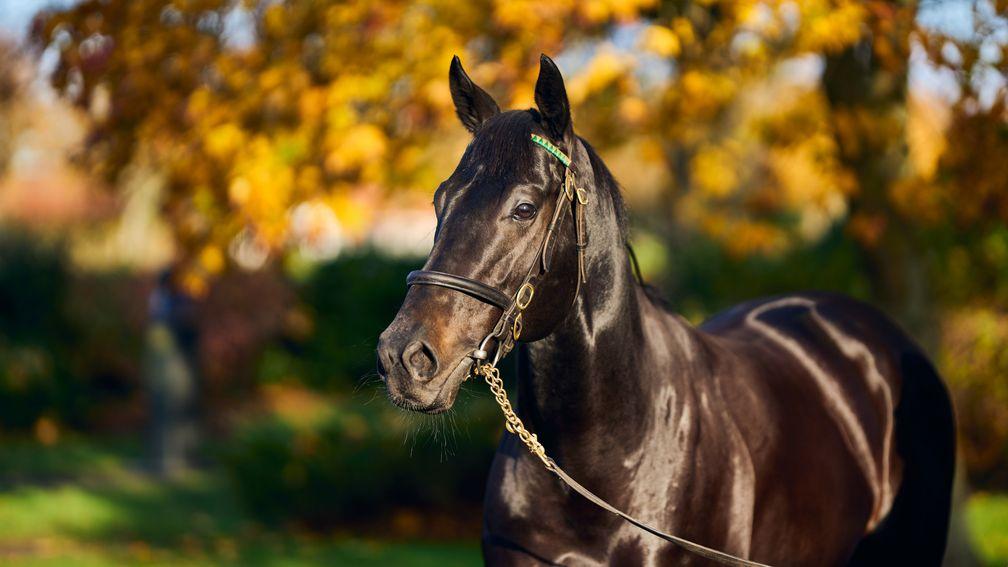'I really enjoyed my time at the National Stud and the versatility it offered'
Madison Davies on her experiences of the Level 3 Stud Management and Sales Consignment course

How did I come across the National Stud course? Well, I was studying at an equine college in Gloucester and it concerned the next steps post college, a topic scarily talked about daily.
A good friend of mine had completed the National Stud course in 2008 and, knowing that I wanted to pursue a career in the equine industry, she suggested I submit an application.
After some careful research it became apparent the learning experiences I would receive on the course covered every aspect of stud work and that completing it would no doubt be a catalyst for my career in the industry.
Initially I was nervous to apply as I had little to no experience of handling sharp thoroughbreds, or knowledge of how stud farms even operated. Work experience placements were an important aspect of my college course and, to help me get over my inexperience hurdle, I decided to complete a placement on a local stud farm, where I instantly fell in love with stud work and knew the National Stud needed to be my next step.
The stallion unit
Every two weeks on the course we rotate around to a different yard or part of the farm, and I have just finished working on arguably the biggest one – the stallion unit!
I really enjoyed my time there and the versatility it offered. Every day was something different, from showing the stallions to potential clients, promotional stallion videos, grooming and coverings.

The covering season started on February 15 and it was particularly insightful to see how they introduced the recently retired Mutasaabeq to his new duties in the covering shed.
We were very busy throughout the two weeks and to be able to get hands on with the stallions in and outside of the covering shed, and understand the personalities of what I can only describe as racing legends, was truly unique.
A day in the life of the stallions
The stallion roster at the National Stud is incredibly diverse and covers all ranges of distances for breeders at a commercial price. For example, Rajasinghe is a record-breaking two-year-old sprinter and still holds the fastest time in the Group 2 Coventry Stakes at Royal Ascot, while Stradivarius won seven Group 1 races over a distance of two miles or further. Mutasaabeq, Lope Y Fernandez and Time Test collectively cover the distances in-between.
A typical day for the stallions is breakfast at 6am followed by an hour on the walker at about 8am (unless they have a cover booked in at this time). After the work is done the stallions go out in their individual paddocks for roughly three hours before coming in for lunch. The turnout is so important for their mental wellbeing and helps keep them physically fit as well.
In the afternoon there will likely be more coverings and each stallion will get an afternoon pamper before dinner and being tucked up for a good night’s sleep.
Read more
inNews
- 'I've never seen breezes as good as this year' - high hopes for consignors heading into Tattersalls Ireland Sale
- First winner for Wootton Bassett's Prix de l'Abbaye hero Wooded
- Dual Group 1 winner turned sire Gladiatorus dies aged 19
- 'This room tonight represents the very best of this industry' - Nick Luck among TBA National Hunt Breeders' Awards winners
- 'The feeling of pride to be at the start of a foal’s journey is something that just can’t be put into words'
- 'I've never seen breezes as good as this year' - high hopes for consignors heading into Tattersalls Ireland Sale
- First winner for Wootton Bassett's Prix de l'Abbaye hero Wooded
- Dual Group 1 winner turned sire Gladiatorus dies aged 19
- 'This room tonight represents the very best of this industry' - Nick Luck among TBA National Hunt Breeders' Awards winners
- 'The feeling of pride to be at the start of a foal’s journey is something that just can’t be put into words'